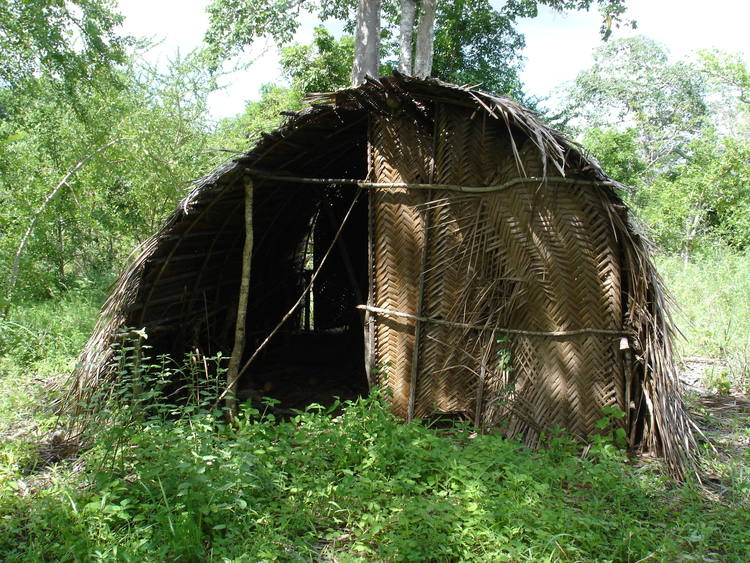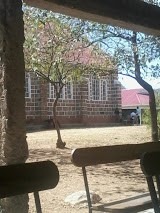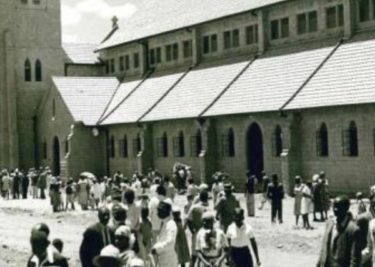Mijikenda Kayas, Kenyan Coast

The Kenyan coast was once an area of vast greenery with massive woodland extending for hectares within the East African coast and home for the kayas of the Mijikenda.
How The Mijikenda Kayas Came To Be
There is a mythical narrative that implies of a recurring battle from hundreds of years ago. In this tale, the Mijikenda and Oromo community of Cushitic descent were constantly at loggerheads. Both tribes inhabited the area north of the Tana (present day Somalia). Eventually the Mijikenda fled south along the Indian Ocean to the East African coast. It was in the coast that they found a dense forest; one that they assumed safe.
It’s said that as the Mijikenda trekked further south through this woodland, they split into groups by means of setting base at different parts of the forest. The groups soon came to be known as the nine sub-tribes of the Mijikenda; Digo, Duruma, Giriama, Chonyi, Jibana, Kambe, Kauma, Rabai and Ribe. Although the story doesn’t tell if the Oromo pursued the Mijikenda, today the Kayas stand as reminders that the Mijikenda were the first to establish homesteads in the mangrove forest.

Setting base in the new land
A traditional time meant unique ways of life among different communities. The Mijikenda set up homesteads that they called ‘kaya’.
The kayas were situated within the settlement and were marked as places of worship where elders could convene with ancestors during times of distress and great trials. The kayas would also be the locations where Mijikenda clansmen and women would be buried.
By the early 20th century, missionaries had flocked the coast. By then most kayas had been deserted by some Mijikenda who saw the white mans arrival as a threat to their tradition.
Present day.
Most of the coastal woodland was cleared for development. However recent times show the fight to preserve these Mijikenda ancestral homes. Some say that the Mijikenda still consider the kayas as a reminder of their belonging in the world.
Today the kaya sites are referred to as ‘Mijikenda Kaya Forests’. They consist of 11 separate forest sites spread along the Kenyan coast. Some still contain kayas and these areas have been listed as UNESCO National Heritage Sites.
Kaya Kinondo is one of the remaining kayas. It is a national monument that is managed by an existing Mijikenda Council of Elders.
Have you visited one of the Mijikenda Kayas?
Read our previous story on Bura Catholic Mission or find more from our #KeHistoryOfFaith series here: bit.ly/KeHistoryOfFaith



